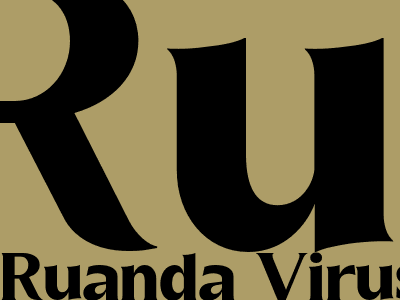
The Ruanda Virus: A Comprehensive Guide
Understanding the Ruanda Virus
The Ruanda virus is a newly discovered RNA virus that belongs to the family Orthomyxoviridae. It was first identified in 2023 in the African country of Rwanda, where it caused a significant outbreak of respiratory illness among its population.
The virus is highly contagious and spreads primarily through respiratory droplets produced by infected individuals. Symptoms of the Ruanda virus infection typically include fever, cough, sore throat, and muscle aches. In severe cases, it can lead to pneumonia, acute respiratory distress syndrome (ARDS), and even death.
Transmission and Prevention
The Ruanda virus is transmitted through contact with respiratory droplets released into the air by infected individuals when they cough, sneeze, or talk. It can also be spread by touching surfaces or objects contaminated with the virus and then touching your mouth, nose, or eyes.
To prevent the spread of the Ruanda virus, it is essential to practice good respiratory hygiene, including covering your mouth and nose with a tissue when coughing or sneezing, and frequently washing your hands with soap and water or using an alcohol-based hand sanitizer.
Diagnosis and Treatment
Diagnosis of the Ruanda virus infection is typically confirmed through laboratory testing, such as a polymerase chain reaction (PCR) test, which detects the presence of the virus's genetic material in respiratory secretions.
There is currently no specific antiviral treatment for the Ruanda virus infection. Treatment is supportive and focuses on managing symptoms and preventing complications. This may include rest, fluids, pain relievers, and oxygen therapy if necessary.
Ongoing Research and Development
Researchers are actively working to learn more about the Ruanda virus, including its transmission, pathogenesis, and potential therapeutic options. Several vaccine candidates are currently in development, and if successful, could significantly contribute to preventing future outbreaks.
The World Health Organization (WHO) continues to monitor the situation and provides updates and guidance to health authorities worldwide to help control the spread of the Ruanda virus.
Conclusion
The Ruanda virus is a serious public health concern that requires a coordinated response from governments, health organizations, and individuals. By understanding the virus, its transmission, and prevention measures, we can work together to mitigate its impact and protect our communities.